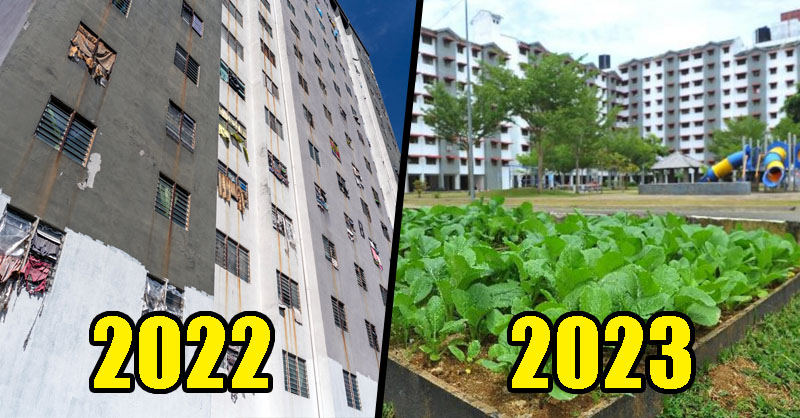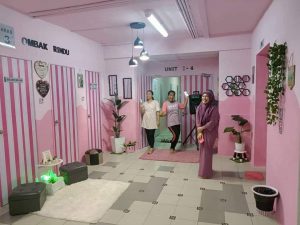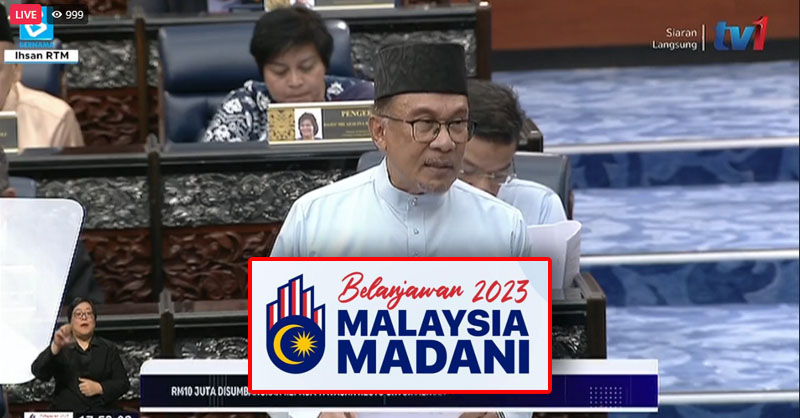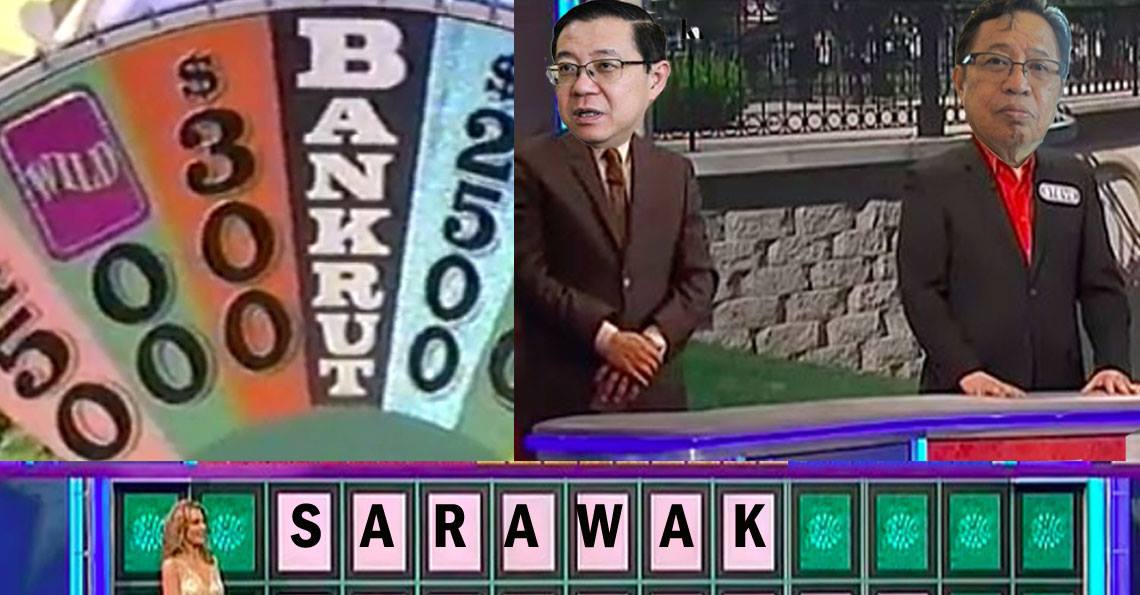The ingenious ways Malaysia is making low-cost flats more atas

- 616Shares
- Facebook548
- Twitter18
- LinkedIn7
- Email15
- WhatsApp28
Since it took off in the 1970s, Malaysia’s public housing system has been pretty successful in its original goal – to provide people who migrated to major cities with a place to live. However, the People’s Housing Programme (PPR) is often thought of as low-cost housing with dodgy surroundings and bare facilities.
The good news is – PPRs these days are getting an upgrade.

One such organisation that’s helping to drive this is Think City.
You’ve probably heard of them from their heritage revitalisation projects in downtown KL and Georgetown. Essentially, they’re a company founded by Khazanah Nasional Berhad to come up with solutions to improve the overall liveability of PPRs in Malaysia.
Instead of just chucking wads of money at the public housing system in the form of new coats of paint, they’re looking at things in the long term. For one…
Think City is empowering PPR communities to make their house a home

You see, in a study of 18 PPRs, Think City found that a poor sense of community among PPR residents generally leads to issues related to their surroundings. Turns out, the less you care about your neighbours, the more likely you are to do things like throw rubbish outside the sampah area or vandalise the lifts. Who would’ve thought?
And that brings us to one of the biggest things Think City wants to do to uplift PPRs around the country: foster tight-knit communities, and make residents assume greater ownership of said communities.

A successful instance of this approach was the Flat Taman Jaya Regeneration in 2018-2019. At the outset, Flat Taman Jaya, located in Johor Bahru, had a whole host of problems. The flats were poorly maintained, and its septic tank was clogged, causing rubbish and wastewater to flow directly into the Skudai River right next to the PPR. On top of that, there was a lack of social cohesion among the residents.
Rather than cleaning everything up and calling it a day, Think City organised an Open Day in 2019, and got the residents involved in the estate’s recovery.

They helped the residents take ownership of their community through education and awareness. They also had the flats repainted, the drainage system upgraded, a community garden added, and a safety programme for the kids cooked up, all with the participation of the Flat Taman Jaya folk.
PPA Seri Sarawak in KL benefitted from this approach as well – Think City and MyPJ worked with the people of PPA Seri Sarawak to remove graffiti from the flat’s common areas, renovate an unused rubbish collection point into an open-air hall and community kitchen, and iron out disagreements within the community.
Needless to say, this ‘soft strategy’ isn’t all that’s going on underneath the hood…
Think City is gunning for thoughtful architecture and space usage in PPRs

Now that y’all have an idea of what Think City is doing in PPRs, let’s talk about their take on how upcoming PPR buildings should be built. According to them, public housing must be able to adapt with climate change. We’re talking things like construction materials that can reduce heat, window awnings that block sunlight and rainwater, and designs that can alleviate flooding concerns in certain areas.

Uta Dietrich, Think City adviser and urban health expert pointed out the need for facilities like communal kitchens or business spaces that can help residents supplement their incomes:
“Inclusion of spaces for micro-businesses and shared facilities for economic gains like communal kitchens or spaces where people can operate their micro businesses are particularly important for single mothers who need to make a living on site,” – Uta Dietrich in an article by Think City
As for existing PPRs, the company says, spaces can be better used. For example, setting up little gardens along walkways in flats and adding seats near lifts can create a more inviting atmosphere and aid social cohesion.
And they’re not just all talk, either – Think City guided and encouraged the residents of a PPR located along the Klang River to kickstart a few gardens and walking tracks along the riverbank. This encouraged friendships among the community from different backgrounds and led to a strengthening of ties.
Think City wants to bring sweeping change to PPRs around Malaysia

Most recently, Think City and other partners gave a hand to the folks at PPR Hicom in Shah Alam, Selangor. The PPR was riddled with issues ranging from worn down amenities, escalating crime rates, poor hygiene, and lacking infrastructure, but through the Kita-untuk-Kita (K2K) programme, the PPR Hicom community has begun to bounce back. They now have a new futsal court, automated parking gates, and even a recycling center within the flat’s compound.
Given how effective the K2K programme is, the government has allocated RM15 million under Belanjawan 2023 to extend it to other PPRs in Klang Valley.
“InsyaAllah, this initiative will benefit more than 50,000 PPR residents in enriching their lives,” – Anwar Ibrahim, our Prime Minister at the launching ceremony of the K2K Programme
On top of this, the government is planning to provide free internet access in 56 selected PPRs. They’re also allocating RM50 million to replace dilapidated lifts in PPRs through the Ministry of Local Government Development, and another RM30 million to boost economic activities such as Cloud Kitchens where PPR residents can start up food businesses.
But the reinvigorating of PPRs is only part of the wide scope of Belanjawan 2023. More likely than not, there’s an initiative that meets some of your needs, no matter who you are. And if that sounds good to you, check out the Manfaat Belanjawan 2023.
- 616Shares
- Facebook548
- Twitter18
- LinkedIn7
- Email15
- WhatsApp28



